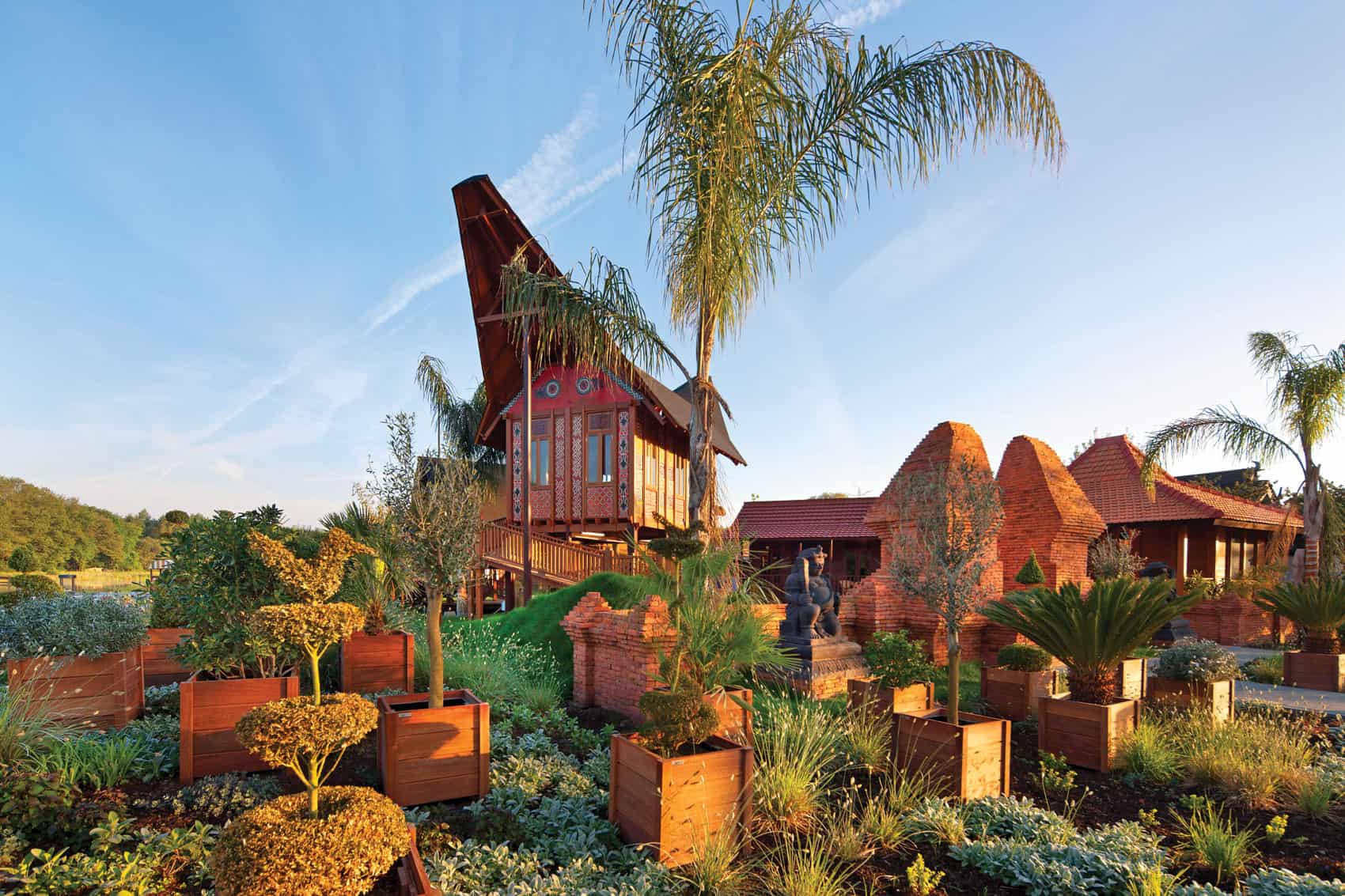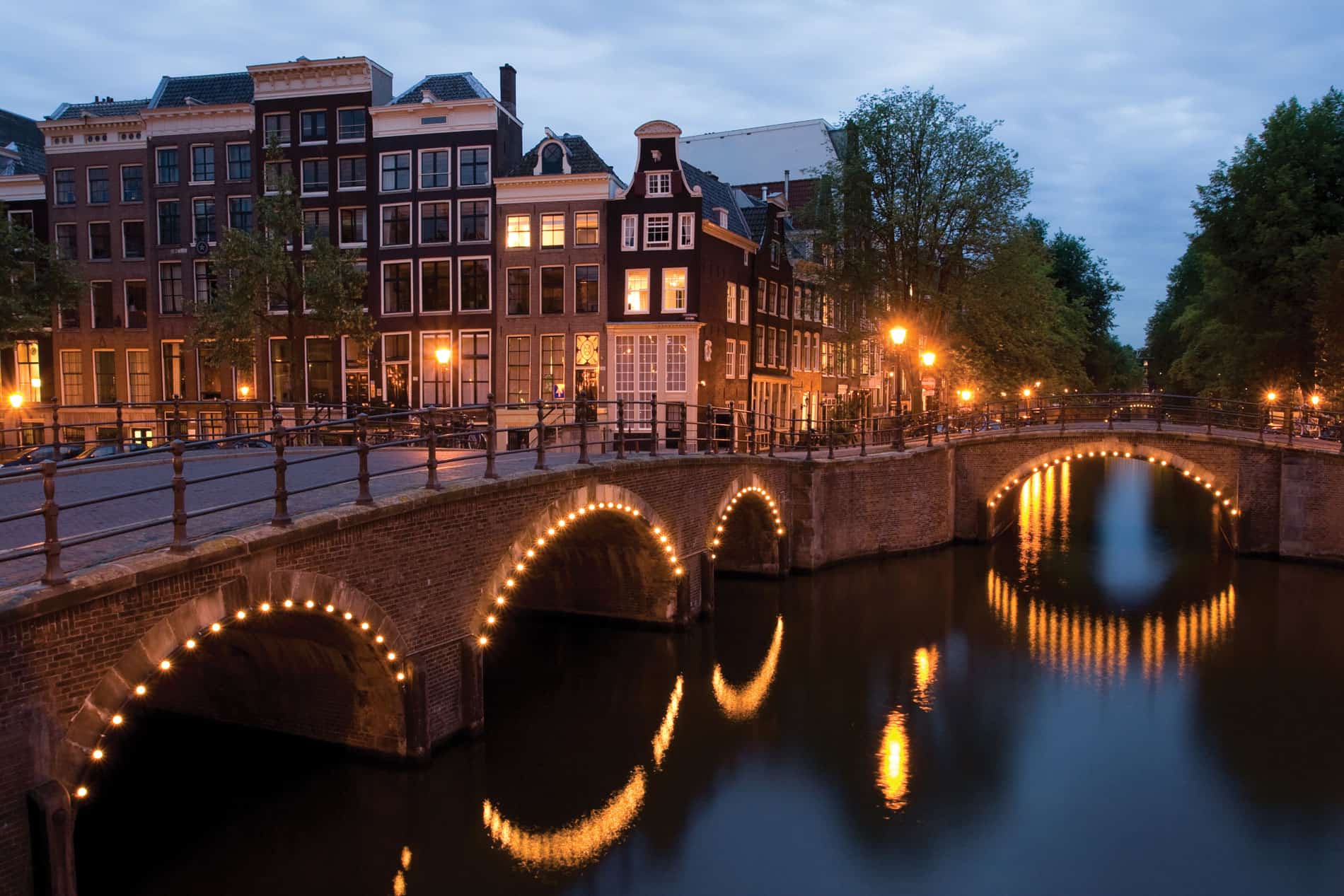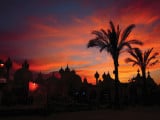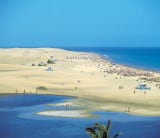Still alluring after all these years, the canals of Amsterdam remain among the most romantic spots in the world. Yvonne Moran goes cruising – and also takes in the Floriade Horticulture expo in Venlo.
It’s the city of sin and sex, but Amsterdam, capital of the Netherlands, has so much more to offer the discerning tourist.
Exploring the city by water is a wonderfully relaxed, meandering experience, with 16th, 17th and 18th century houses overlooking the waters of the UNESCO World Heritage site 17th century canal belt.
The top-five tours for visitors include a one-hour cruise and the hop-on-hop off canal boat tour. A 24-hour ticket costs e22 and a 48-hour ticket is e34. The boats on the red, blue and green line canal routes (there are more canals here than in Venice) stop at, or near, the city’s major sights. You can also change routes at Central Station and near the Van Gogh Museum.
The Van Gogh Museum is Amsterdam’s most popular attraction, so a good way to avoid the almost inevitable long lines is to purchase the City Card. The card, which lasts for 24, 48 or 72 hours and costs €40, €50 or €60 respectively, pays for itself very quickly. It gives free admission to many popular venues, including the Van Gogh Museum, (€14), Rembrandt’s House (€10), the Hermitage Amsterdam – part of the Hermitage Museum in St Petersburg – (€15), the Amsterdam Museum (€10) and the Artis Royal Zoo (€18.95). They’re all among the city’s top 10 attractions, and the card also provides free admission to many other venues. Free public transport is an added bonus.
The city is choc-a-bloc with culture and things to see and do. It has more than 50 museums, 141 art galleries, 55 theatres and concert halls, 1,500-plus cafés and bars and more than 1,000 restaurants.
As a result, you could spend a lot of time indoors, but sometimes the simple, free things in life are best.
Explore some of the city’s great markets. They’re the best places for buying clothes, food and tourist mementoes at below-shop prices in a city that’s one of the more expensive in Europe.
With approximately 250 stalls, the Albert Cuyp market is Europe’s largest daily street market. Local food produce, (free cheese samples are cheerfully presented by their vendors) clothes, accessories, shoes, toiletries, bike gear, takeaway food and practically everything you heart desires is found in this market, situated on one very long street. For bric-à-brac and occasionally, the good antique find, check out Waterlooplein Flea market.
This is the place for you if you enjoy a good browse. Both markets close on Sundays. See flowers in their blooming glory – get there early to avoid the tourist hordes – and visit the Bloemenmarkt. One of the world’s most famous flower markets is bursting with probably the country’s most famous export: flowers and bulbs. It’s open seven days a week. As the day draws to a close, sit on a bar barge (there’s one near Anne Frank’s House) and enjoy some of the many great beers. On a sunny day, watch the locals cruise up and down on boats fit for princes and paupers, as they wine and dine aboard their vessels after their day’s work is over. Children, dogs and sometimes (though Illegal) loud music add to the free entertainment. Wander around the city at night, when the street and house lights warm up the canals’ waters and the locals are settling in, or going out.
Street side cafés are busy at this time, as their local residents enjoy the balmy air chatting over a beer, glass of wine or dinner.
Need to know: Getting there, staying there and when to visit
Best time to visit: Amsterdam is a busy, congested city – Greater Amsterdam has a population of more than two million – and tourists visit the city throughout the year. The best time to visit is spring or autumn, before high summer and winter’s bitter cold.
Amsterdam accommodation: The (very) Grand Hotel Krasnapolsky, in Dam Square, could hardly be more central. Room rates start from €159 for a single or double, excluding breakfast. Five percent tax is extra.
www.nh-hotels.com
Dining: When in Amsterdam, check out Restaurant De Kas. The restaurant, located in a suburban park, sources much of what it serves from its own greenhouses and gardens. The rest is purchased from environmentally-friendly farmers in the capital’s vicinity. Prior bookings to this very popular restaurant are recommended.
www.restaurantdekas.nl
Getting there: Aer Lingus has several flights daily to Amsterdam. www.aerlingus.com
Recommended guide book: Amsterdam. Lonely Planet. €19.05
Official tourist information on Amsterdam: There is an official tourist information office in Schiphol Airport Arrivals Hall 2 and facing Amsterdam Central Station. www.iamsterdam.com

Floriade: A once in a decade horticultural treat
Two million visitors, an exhibition held once every decade and years of planning: Floriade 2012, the World Horticultural Expo in Venlo, Holland, was an unmissable event.
Five theme worlds including Green Engine, Education & Innovation, Environment, Relax & Heal and World Show Stage featured in the 66 hectare location.
The Dutch are leaders in sustainability and in the knowhow required to improve horticulture worldwide. Sustainability and recycling were explored in Green Engine.
Charging the electric car under a solar carport and growing vegetables on a garden rooftop: the very large NL Label garden area contained home, work, private life and city farming. A walk through the gardens demonstrated how sustainable materials and applications could be nature-friendly and how energy could be supplied rather than consumed.
That garden of the future, which attracted large crowds, was designed with sustainable materials, products and new gardening techniques.
Green applications having a clear function but small ecological footprint were used, connecting today’s needs without exhausting tomorrow’s world.
Known as the ‘the greenest office in the Netherlands’, the colossal Villa Flora, also in the Green Engine section, contained changing flower and plant exhibitions. The largest indoor flower exhibition in Europe, Villa Flora will house cutting edge companies when Floriade 2012 closes.
But Floriade was about much more than sustainability. Almost two million bulbs, 190,000 perennials, 18,000 shrubs and 15,000 hedge plants, amongst thousands of others, were planted in the five themed zones. More than 100 garden and pavilion exhibits, 40 or so from around the world, also featured.
The Chinese Garden, the largest outdoor pavilion in Floriade, depicted a traditional garden from one region in that vast country. Water, bridges and corridors were integrated amongst lotus, ginkgo and bonsai plants. It attracted many visitors who evidently enjoyed the peaceful surroundings. Houses typical of Indonesia’s many different regions had been constructed nearby. Tropical plant wonders were located in a huge glasshouse. There even was a ‘Be Happy’ Garden!
More than 2,000 performances featured in the 185-day event’s basic programme. They included troupes and bands from Indonesia, Togo, Turkey and many other far flung lands.
Live music took place in Floriade Beach Club, which was replete with an artificial beach, the open air cinema screened documentaries and films and there was also “Gardens by Night,” an evening programme.
Besides the aforementioned, there was lots more to see and do in this horticultural wonderland suitable for young and the not so young.
Getting there and staying there: Floriade 2012, which opened in April, finished on October 7th. www.floriade.com
Venlo, which is located near the German border, is an easy two-hour train journey east of Amsterdam. Return train fare is approximately €40.
Van Der Valk Hotel.
Room rates start from €84.50 for a single, €103 for a double. Tax €1.50 per person per night is extra. Breakfast is included.
Telephone: 00 31 77 354 41 41
www.valk.com/venlo





